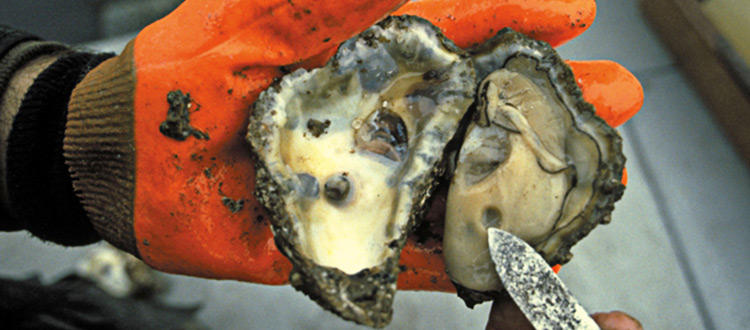NCCOS-sponsored research by the Smithsonian Institution Environmental Research Center (SERC) reveals low dissolved oxygen (hypoxia) hampers oysters’ ability to fight Dermo, a disease that has ravaged oysters throughout the Chesapeake Bay, resulting in up totwo to three times more infected oysters than in waters with normal oxygen levels.

Hypoxia is commonly studied on large geographic scales (e.g., the Gulf of Mexico ‘dead zone’) where oxygen levels change more slowly. If hypoxia occurs more frequently in adjacent and productive shallow water refuges, day-night (‘diel’) swings in dissolved oxygen combined with variations in pH (a scale used to measure acidity) may lead to more severe oyster mortality, reproductive failure, and susceptibility to parasites that cause Dermo. The daily fluctuations of oxygen and acid are exacerbated by the nitrogen and carbon dioxide introduced with polluted air and runoff, along with the loss of seagrasses and other underwater plants.
Researchers are investigating how hypoxia affects oyster growth, reproduction, and susceptibility to disease. At SERC, waters of the adjacent Rhode River are constantly pumped in and out of the lab’s oyster aquarium tanks, each filled with river water and different mixes of dissolved oxygen and nitrogen along with different levels of plankton to feed the oysters. Learn more about the experiment from National Public Radio and the project description.
For more information, contact David.Kidwell@noaa.gov.
